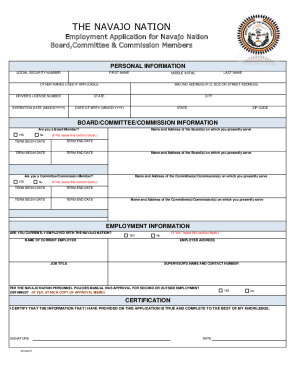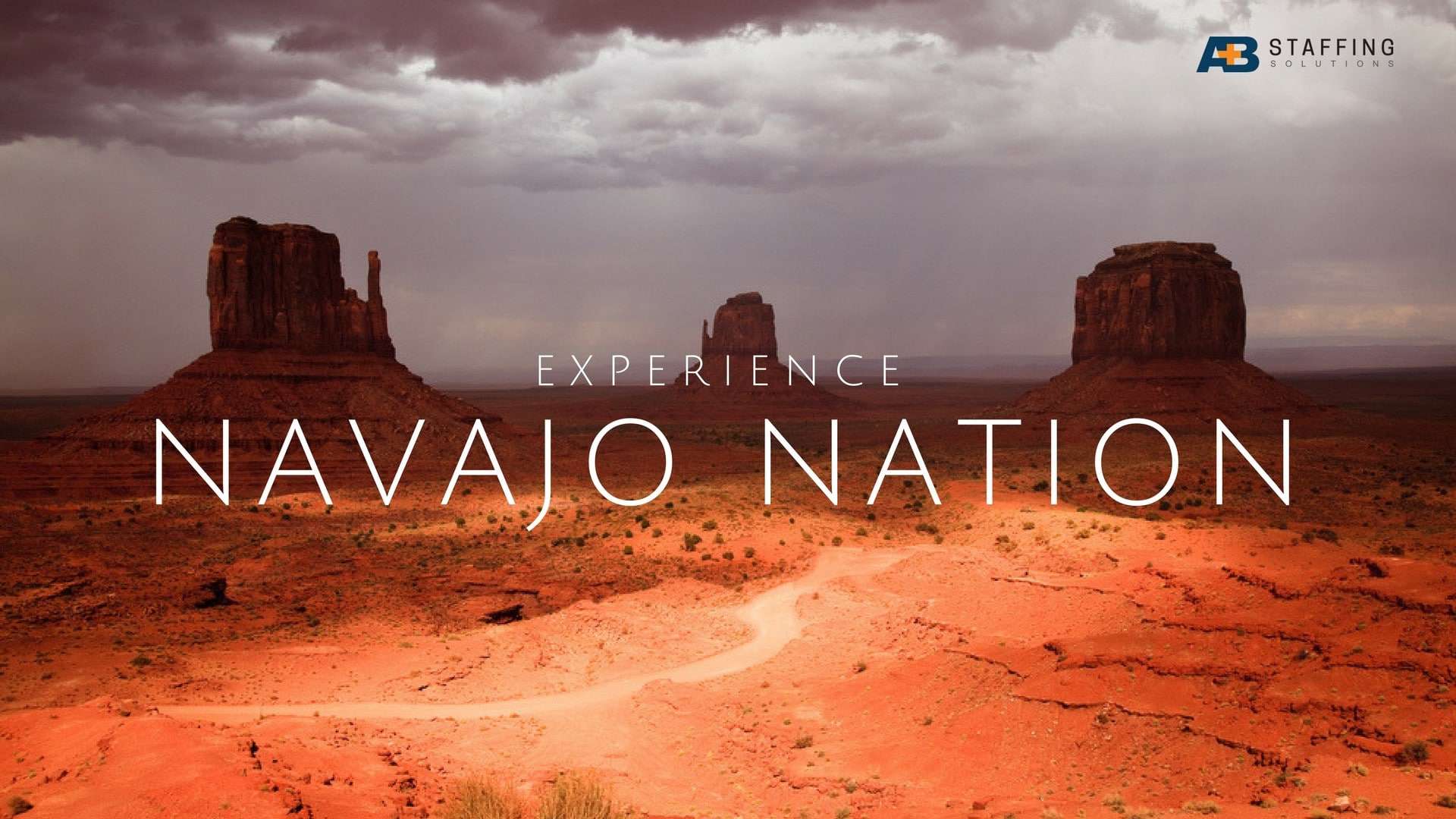
Navajo Nation’s Tourism Boom: A Gateway to Economic Opportunity and Job Creation
The vast, breathtaking landscapes of the Navajo Nation, spanning over 27,000 square miles across Arizona, Utah, and New Mexico, are more than just a testament to natural beauty and cultural heritage; they are an increasingly vital engine for economic development and job creation. As global tourism trends shift towards authentic cultural experiences and sustainable travel, the Navajo Nation stands poised to capitalize on its unique offerings, transforming its stunning vistas and rich traditions into a robust source of employment for its people. This article delves into the burgeoning tourism sector within the Navajo Nation, exploring the diverse range of job opportunities it presents and the strategic efforts underway to maximize this potential.
The Untapped Potential of a Sacred Land
The Navajo Nation, or Diné Bikeyah, is the largest Native American reservation in the United States, home to approximately 300,000 Diné people. Its iconic landmarks—Monument Valley, Antelope Canyon, Canyon de Chelly, and the stunning red rock formations that stretch as far as the eye can see—have long drawn intrepid travelers and photographers. However, for decades, the economic benefits of this allure have not fully translated into sustainable job growth for the Navajo people themselves. High unemployment rates, often significantly higher than the national average, have underscored the urgent need for diversified economic strategies beyond traditional sectors. Tourism is now emerging as a powerful, culturally appropriate solution.
"Our land is our legacy, and sharing it responsibly is not just about welcoming visitors, but about creating opportunities for our youth and preserving our way of life," states Dr. Karletta Chief, a prominent Navajo environmental scientist and advocate for sustainable development. Her sentiment echoes a growing consensus that tourism, if managed thoughtfully, can be a cornerstone of the Nation’s economic future.
Diverse Job Opportunities Across the Spectrum

The expansion of tourism within the Navajo Nation is creating a wide array of job opportunities, ranging from direct hospitality roles to specialized cultural interpretation and entrepreneurial ventures.
1. Hospitality and Accommodation Services:
As visitor numbers increase, so does the demand for places to stay and eat. This fuels job creation in hotels, motels, campgrounds, and a growing number of culturally authentic lodging options like traditional hogans. Roles include:
- Hotel/Motel Staff: Front desk agents, housekeeping, maintenance, management, security.
- Campground Managers: Overseeing facilities, visitor services, and safety.
- Food Service: Chefs, cooks, waitstaff, kitchen assistants in restaurants, cafes, and food trucks that cater to tourists. The emergence of Diné-owned eateries offering traditional Navajo cuisine is a particularly exciting development.
- Event Planning: Coordinating cultural festivals, rodeos, art markets, and other community events that attract tourists.

2. Cultural and Interpretive Guiding:
This is perhaps the most unique and vital sector, directly connecting visitors with the rich history, language, and traditions of the Diné people. These roles are critical for ensuring that tourism is educational, respectful, and authentic.
- Cultural Guides: Leading tours to sacred sites, explaining Navajo cosmology, history, and current life. These guides often share personal stories, songs, and language lessons, offering an unparalleled immersive experience.
- Artisans and Demonstrators: Weavers, silversmiths, potters, and basket makers who demonstrate their crafts, sell their authentic creations, and teach workshops to visitors. This not only generates income but also helps preserve traditional skills.
- Storytellers: Sharing traditional Diné narratives, creation stories, and historical accounts, often around campfires or within hogans.
- Language Specialists: Offering basic Navajo language lessons or providing interpretive services for non-Navajo speakers.
"Being a guide isn’t just a job; it’s a responsibility," says Lena Yazzie, a third-generation Antelope Canyon tour guide. "We’re not just showing beautiful rocks; we’re sharing our ancestors’ footsteps, our prayers, our connection to this land. It’s a way to keep our culture alive and strong for the next generation, while also supporting my family."
3. Adventure and Outdoor Recreation:
The vast Navajo landscape is a paradise for outdoor enthusiasts, leading to jobs in:
- Hiking Guides: Leading treks through canyons, mesas, and wilderness areas, often with a focus on safety, navigation, and ecological interpretation.
- Horseback Riding Guides: Offering guided equestrian tours through Monument Valley and other scenic areas, providing a traditional mode of transport and unique perspective.
- Photography Tour Operators: Guiding photographers to optimal locations and times for capturing the iconic scenery, particularly in places like Antelope Canyon.
- Park Rangers and Conservationists: Managing tribal parks, enforcing regulations, and educating visitors about environmental preservation and cultural protocols.
4. Entrepreneurial Ventures:
Tourism empowers Navajo individuals to start their own businesses, fostering a spirit of entrepreneurship and self-sufficiency.
- Small Tour Companies: Offering specialized tours (e.g., stargazing, traditional plant identification, historical tours).
- Art and Craft Shops: Selling authentic, locally made goods directly to tourists, bypassing intermediaries.
- Food Trucks and Stalls: Providing quick, authentic meals and snacks at popular tourist sites and events.
- Traditional Healing and Wellness Retreats: Offering experiences rooted in Diné spiritual practices and traditional medicine.
5. Support and Infrastructure Roles:
Beyond direct tourism, a robust tourism sector requires significant support infrastructure, creating jobs in:
- Transportation: Shuttle drivers, taxi services, bus operators to transport visitors between sites and from major transportation hubs.
- Marketing and Public Relations: Promoting Navajo Nation as a destination through digital marketing, social media, and traditional advertising.
- Construction and Maintenance: Building and maintaining roads, visitor centers, lodging facilities, and other essential infrastructure.
- Information Technology: Developing websites, booking systems, and digital resources for tourists.
- Administrative and Management Roles: Overseeing tribal tourism departments, managing permits, and developing long-term strategies.
Economic Impact and Community Benefits
The expansion of tourism jobs has a profound ripple effect across the Navajo Nation. It provides much-needed income for families, reducing reliance on external sources and fostering economic stability. It also encourages young Diné individuals to stay on the reservation, offering meaningful career paths that connect them to their heritage rather than forcing them to seek opportunities elsewhere.
Moreover, tourism revenue can be reinvested into community development, funding essential services like education, healthcare, and infrastructure improvements. It also supports local suppliers, from farmers providing produce to hotels to construction companies hiring local labor, multiplying the economic benefits.
Challenges and Strategic Solutions
While the potential is immense, developing a sustainable tourism industry on the Navajo Nation is not without its challenges. These include:
- Infrastructure: Many parts of the Nation lack paved roads, reliable internet access, and adequate water and sanitation facilities, which are crucial for accommodating tourists. The Navajo Nation government, in partnership with federal agencies and private investors, is actively working to address these gaps through infrastructure development projects.
- Training and Education: There’s a need for specialized training programs in hospitality management, guiding techniques, language proficiency, and business development to equip the local workforce with the necessary skills. Partnerships with tribal colleges and vocational schools are key to building this capacity.
- Marketing and Branding: Effectively communicating the unique value proposition of Navajo Nation tourism to a global audience requires strategic marketing efforts that respect cultural sensitivities.
- Cultural Preservation: Balancing the economic benefits of tourism with the imperative to protect sacred sites and cultural practices is paramount. The Navajo Nation’s tourism policies prioritize community involvement and cultural protocols, ensuring that development occurs on Diné terms. "Our sacred places are not just attractions; they are living parts of our identity," emphasizes a spokesperson from the Navajo Nation Parks & Recreation Department. "We educate visitors on respectful engagement to ensure these sites remain pristine and spiritually significant."
The Path Forward: Sustainable and Authentic Growth
The future of tourism job opportunities in the Navajo Nation is bright, predicated on a commitment to sustainable, culturally respectful growth. By investing in its people, its infrastructure, and its unique cultural assets, the Navajo Nation is not just building a tourism industry; it is building a resilient economy that honors its past, empowers its present, and secures a prosperous future for generations to come.
The world is increasingly seeking authentic experiences, and the Navajo Nation offers an unparalleled journey into the heart of an ancient culture set against a backdrop of awe-inspiring natural beauty. As this industry matures, it promises not only economic prosperity but also a powerful platform for cultural exchange, education, and pride for the Diné people. The jobs being created today are more than just employment; they are pathways to cultural perpetuation and self-determination.


